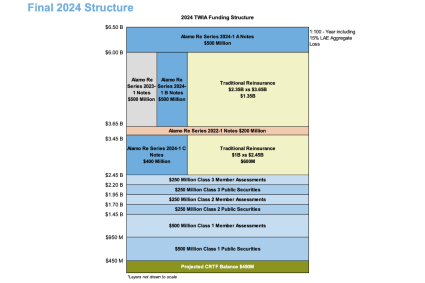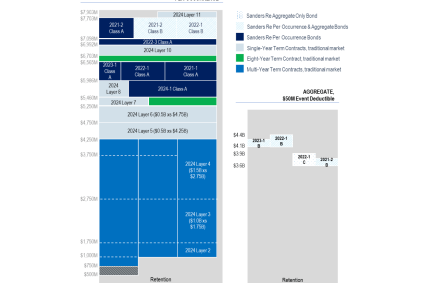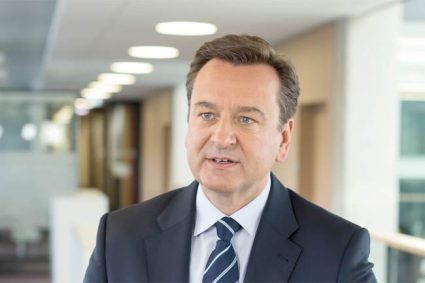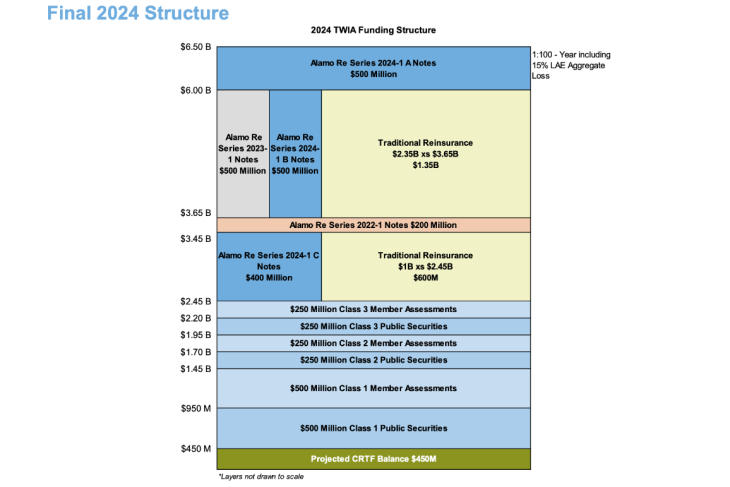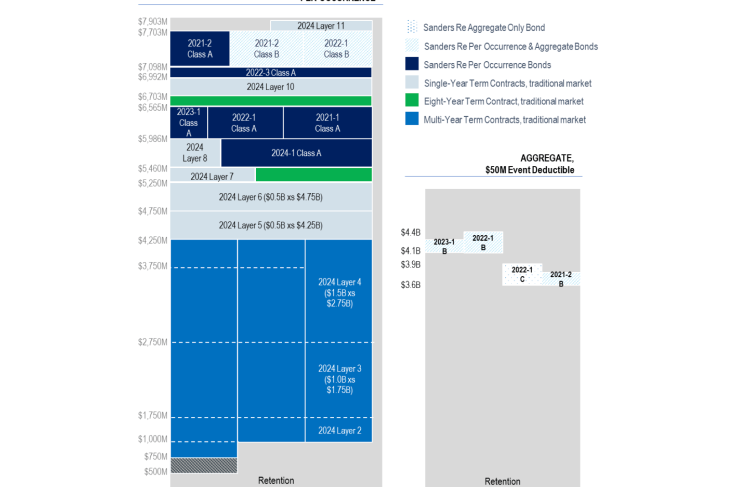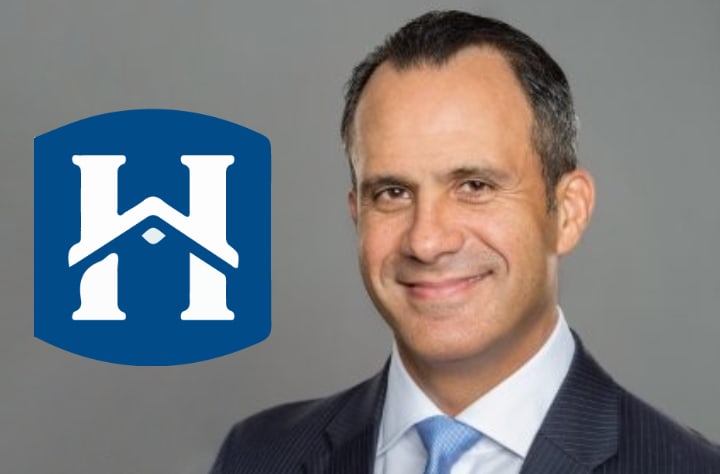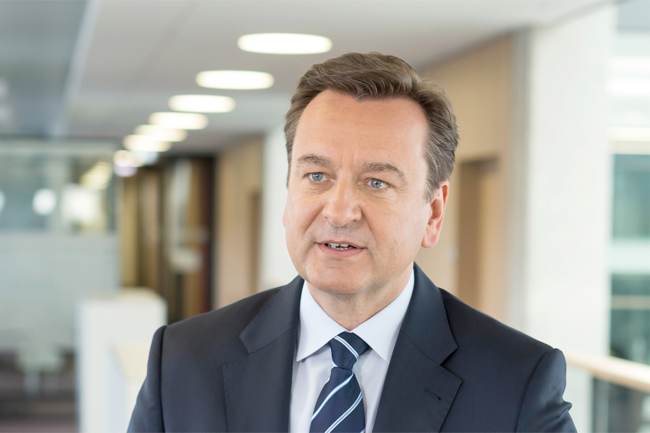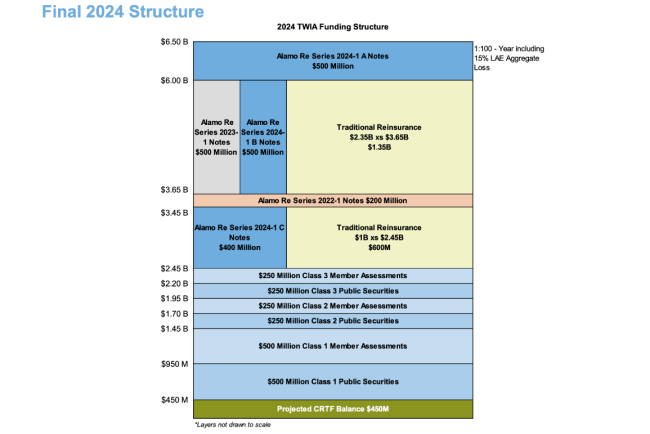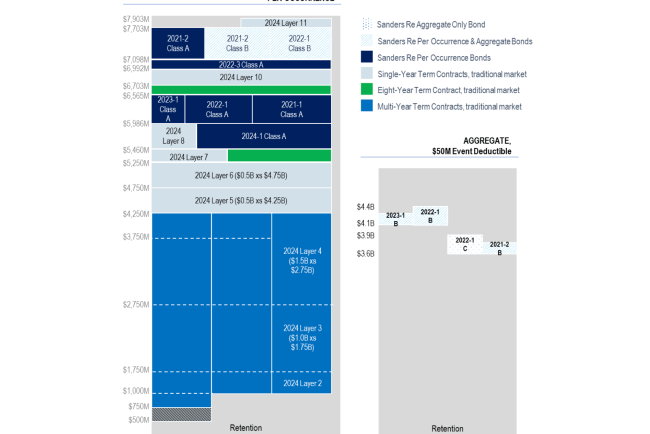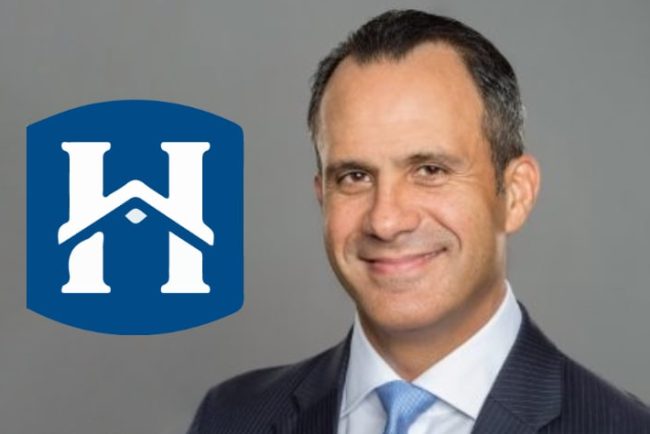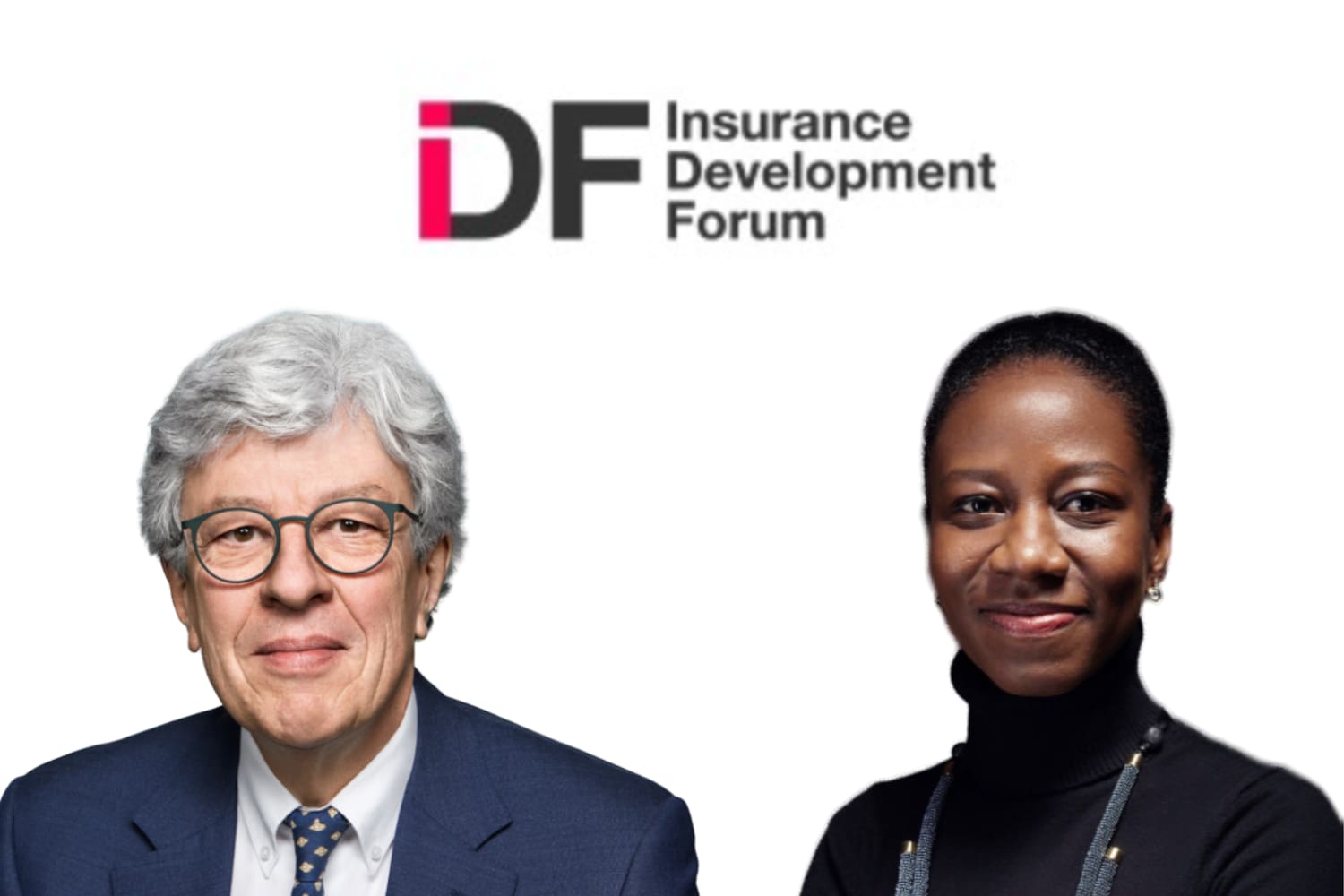
This content is copyright to www.artemis.bm and should not appear anywhere else, or an infringement has occurred.
New technologies can serve as a bridge between the re/insurance industry and the world’s most vulnerable, and alongside the use of insurance-linked securities (ILS) and innovative solutions such as parametrics, can help to close the global protection gap, according to the Insurance Development Forum (IDF).
 Artemis spoke with Michel Liès, Chair of the IDF Steering Committee and Ekhosuehi Iyahen, IDF Secretary General, around the COP28 conference in the UAE this week, about increasing insurance penetration and building resilience against natural disasters.
Artemis spoke with Michel Liès, Chair of the IDF Steering Committee and Ekhosuehi Iyahen, IDF Secretary General, around the COP28 conference in the UAE this week, about increasing insurance penetration and building resilience against natural disasters.
“I firmly believe that new technologies have the potential to connect us with the people who are completely unaware of what insurance can bring them,” said Liès.
Expanding on this, Liès noted that in most developing countries many people have access to a phone, but few have an insurance policy, while many vulnerable to the impacts of natural disasters aren’t even aware of the benefits of securing protection.
“I understand that there are certain priorities in life. But if somebody has a phone it becomes connectable. This connectivity, in turn, means that we can share critical messages regarding prevention and preparedness measures to mitigate the impact of disruptive events that have the potential to destroy an individual’s life,” said Liès.
“So, I believe that there is, thanks to advancement of technology, a lot of potential to accelerate progress in addressing and solving these protection gaps. This entails not only using technology to improve productivity in the mature markets, but also leveraging it to enhance insurance penetration in the emerging markets,” he added.
As part of that, added Iyahen, the IDF is exploring parametric insurance solutions.
“Obviously, the importance is the speed in terms of availability of resources. We saw it most recently in Morocco with the earthquake, even though that was not a weather or climate driven event. The value was also in the independence/transparency in terms of the triggering of resources. And I think that this is the governance component that perhaps we could pay a little bit more attention to, in terms of how you objectively release resources in very difficult, sometimes politically fraught contexts,” said Iyahen.
“Taking it back to the climate space and the discussions that are happening around loss and damage etc., it’s important we have conversations around how you actually trigger resources to communities who are affected. I do think that that opens up an opportunity that could be quite interesting for the industry,” she added.
As well as innovative solutions such as parametrics, to close the world’s expanding protection gaps it will take more than the capital of the traditional insurance and reinsurance industry.
“Definitely, ILS is an opportunity for countries where individuals or large communities do not have access to classical insurance and in which you can make efforts made by government to address the protection gap more visible. That’s definitely possible,” said Liès.
Catastrophe bonds, a sub-sector of the ILS space, have been issued by the World Bank’s International Bank for Reconstruction and Development (IBRD) for multiple countries, providing them with protection against natural disasters.
The parametric insurance coverage provided by these transactions shows that ILS can play an important role in building resilience, notably for some of the world’s poorest and most vulnerable to impacts of natural disasters and climate events.
Read all of our interviews with ILS market and reinsurance sector professionals here.
ILS, parametrics and new tech a real opportunity to close protection gaps: IDF was published by: www.Artemis.bm
Our catastrophe bond deal directory
Sign up for our free weekly email newsletter here.
